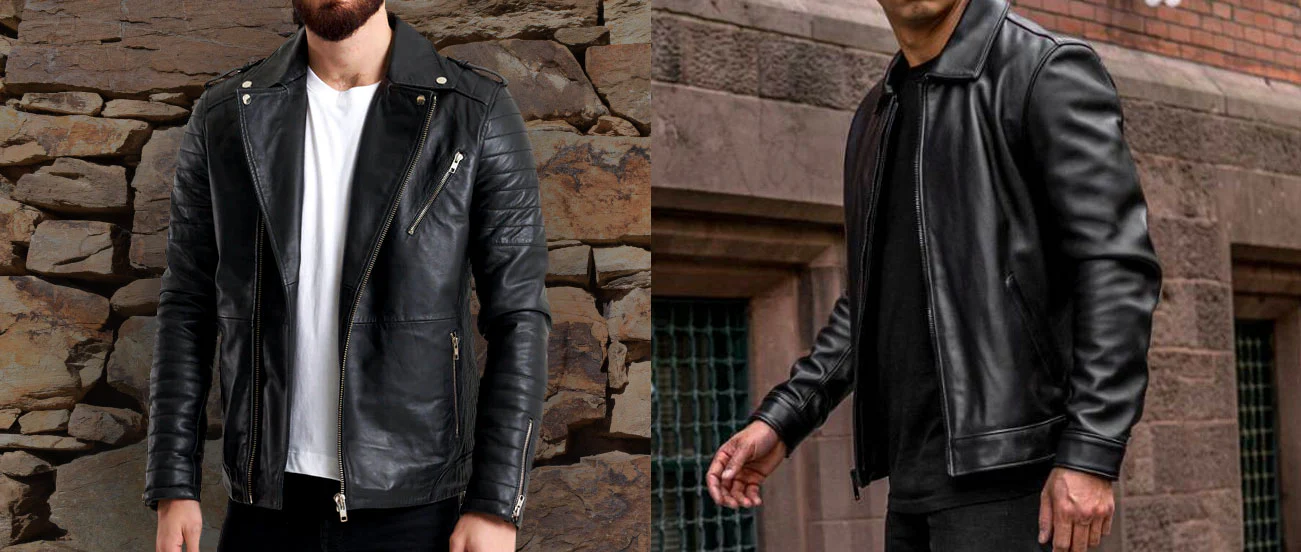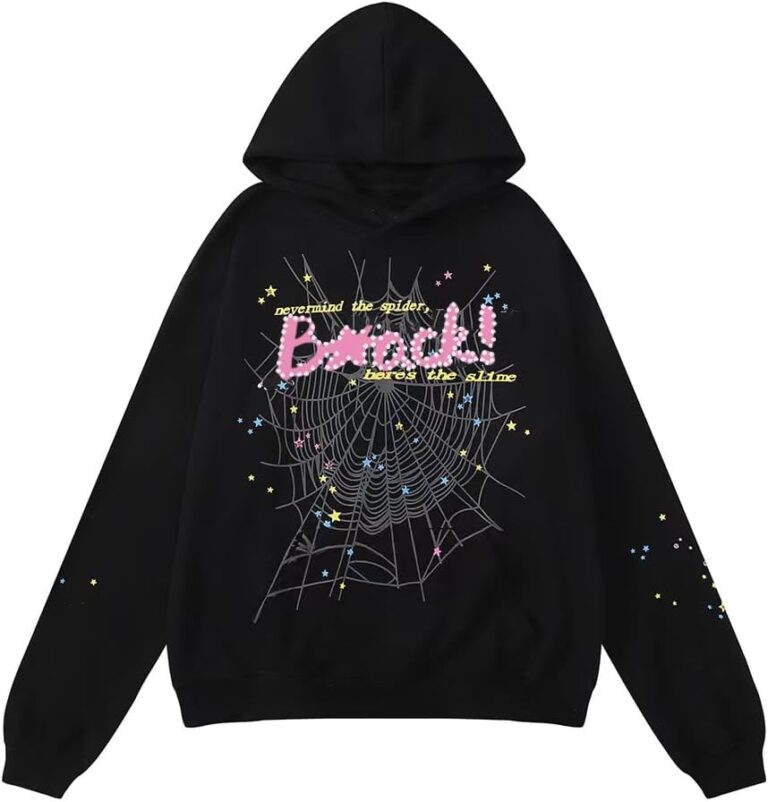The Ever-Evolving World of Fashion: A Reflection of Personal Identity and Culture
Fashion is more than just clothing; it’s a black leather jacket form of expression, a way to communicate who we are without saying a word. It reflects cultural shifts, societal changes, and personal experiences. The fashion industry is constantly evolving, with trends that come and go, but at its core, fashion remains an essential part of human culture, identity, and self-expression.
The Origins of Fashion: A Historical Overview
Fashion has a rich and diverse history that dates back to ancient civilizations. In ancient Egypt, for instance, clothing was a status symbol, with different fabrics, colors, and styles reserved for the elite. The Greeks and Romans followed suit, using fashion as a way to distinguish social classes and roles. Fast forward to the Renaissance, when fashion became a reflection of one’s wealth and power, often depicted through elaborate garments and accessories.
The industrial revolution in the 19th century marked a significant turning point in fashion history. With the advent of mass production, clothing became more accessible to the general population. In the 20th century, the rise of designers like Coco Chanel, Christian Dior, and Yves Saint Laurent revolutionized the fashion industry, creating the foundation for modern-day haute couture and ready-to-wear collections.
Fashion as a Form of Self-Expression
In today’s world, fashion has become a powerful tool for self-expression. Through the clothes we wear, we can showcase our personality, mood, or even our beliefs. The rise of streetwear, for example, has blurred the lines between casual and high fashion, allowing individuals to wear outfits that are both comfortable and stylish. Celebrities and influencers play a key role in shaping these trends, often using fashion to make bold statements or stand out in a crowd.
Sustainability and Ethical Fashion
As the fashion industry continues to grow, so does its environmental impact. Fast fashion, characterized by quick production cycles and cheap materials, has been criticized for contributing to pollution, waste, and the exploitation of workers in developing countries. In response to these concerns, many designers, brands, and consumers are shifting towards more sustainable and ethical fashion practices.
Sustainable fashion focuses on using eco-friendly materials, reducing waste, and ensuring fair labor practices. Vintage and secondhand clothing have also gained popularity as consumers look for ways to reduce their carbon footprint. Additionally, designers are exploring new technologies, such as fabric recycling and the use of plant-based materials, to create garments that are both stylish and environmentally conscious.
The Influence of Technology on Fashion
Technology has transformed the way we interact with fashion. From the rise of online shopping to virtual fashion shows, technology is reshaping the industry. Social media platforms like Instagram and TikTok have become powerful tools for fashion influencers and brands to connect with audiences, while artificial intelligence (AI) is being used to predict trends and personalize shopping experiences.
Virtual try-ons and augmented reality (AR) are also changing the way consumers shop, allowing them to see how clothes will look on their bodies without ever stepping into a store. This shift towards digital fashion is expected to grow, black and leather jacket particularly with the rise of virtual worlds and the metaverse, where people can dress avatars in the latest digital fashions.
Fashion as a Reflection of Society
Fashion doesn’t just mirror personal style; it also reflects the times in which we live. Throughout history, fashion has been used to comment on political, social, and economic issues. The punk movement in the 1970s, for example, used fashion to challenge authority and reject mainstream culture. Similarly, the feminist movement has used clothing to make statements about gender equality and women’s rights.
In recent years, fashion has continued to evolve in response to global events, such as the COVID-19 pandemic. The rise of loungewear and comfortable clothing, for example, became a reflection of the shift to remote work and the prioritization of comfort over formality. Additionally, the global movement for racial equality has prompted a greater emphasis on diversity and inclusivity in the fashion industry, with brands increasingly showcasing models of different ethnicities, body types, and abilities.
Conclusion
Fashion is much more than a fleeting trend or a way to dress; it is an ever-changing, dynamic form of self-expression that reflects the cultural, political, and social landscape. Whether it’s through the rise of sustainable practices, the influence of technology, or the power of personal style, fashion remains an integral part of human identity. As we look to the future, one thing is certain: fashion will continue to evolve, adapt, and inspire.







